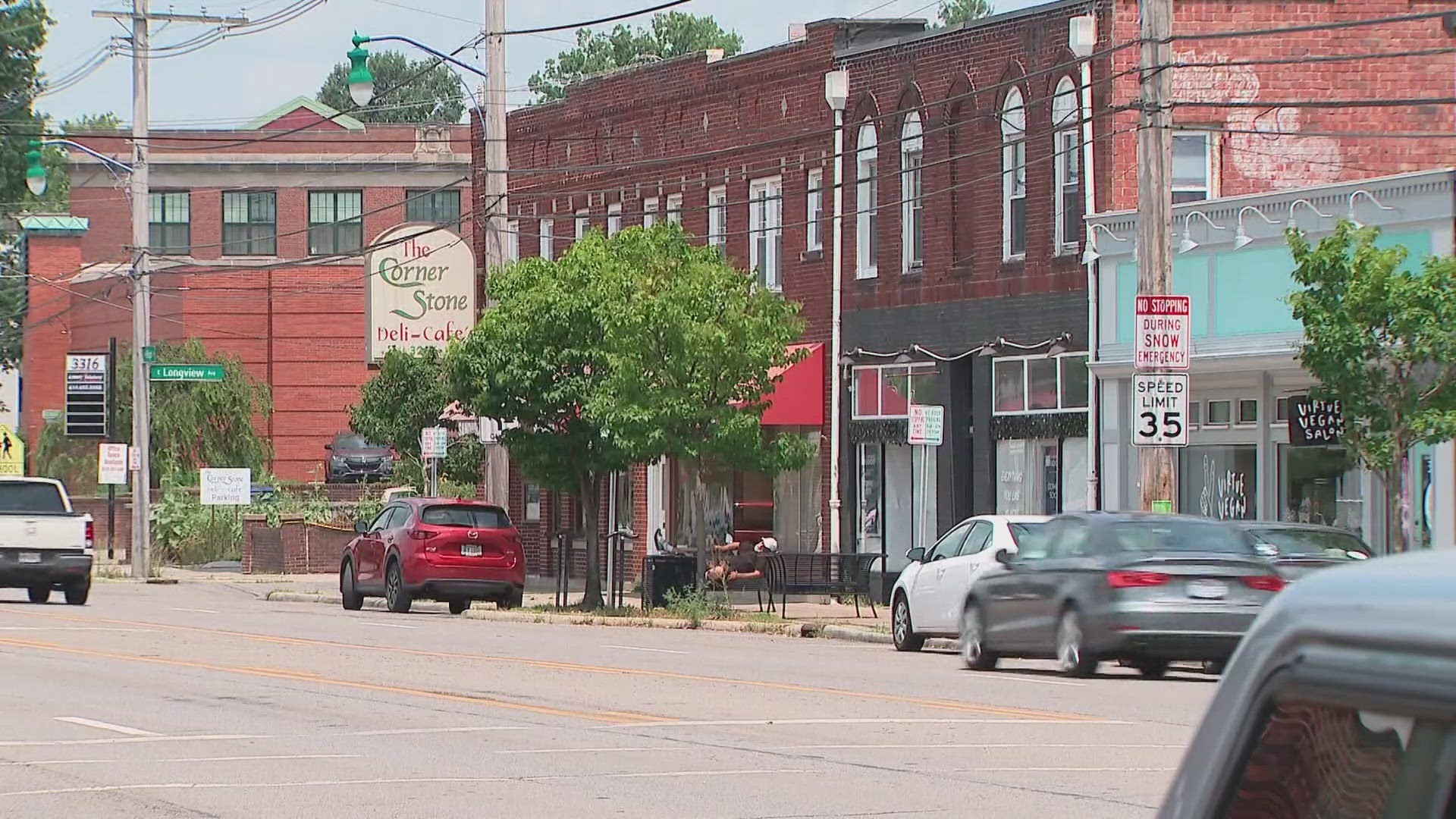COLUMBUS, Ohio — Columbus City Council is set to vote next week on new zoning legislation, which city leaders say intends to keep up with the growth of the city.
The city’s zoning codes have not been updated for 70 years, so the legislation means building higher-density areas in the city and increasing housing.
The “Zone-In” initiative would allow for more development in neighborhoods across the city. One of those neighborhoods is Clintonville.
Patrick Mingarelli has lived in the area for 35 years and said he enjoys regular walks in his charming neighborhood.
“[I just hope] that they don’t destroy the walkways and the charm of the neighborhood. If they do it right, I’m all for urban development and progression. They just have to keep in mind why people live in Clintonville,” said Mingarelli.
Mingarelli also said he worries about parking with the new development. If adopted, the new zoning code would get rid of parking minimums for new developments but require studies for those that have less than a one person to one parking spot ratio.
“If they do not have parking, that sends new residents into side streets. Then we will have side streets that can no longer serve the fire department as they run from High Street to Indianola,” said Mingarelli.
Joe Motil is a lifelong Columbus resident and recently lost the race for mayor of the city. He said he has similar concerns.
Motil wants to see small businesses and historical buildings, like those along High Street in Clintonville, preserved.
“You have a lot of historical buildings on High Street. You have a lot of large single-family homes that have been here since the 30s and 40s that are now small businesses. A developer could waive a big paycheck in front of a landlord and say, 'I want to buy your property,'” said Motil. “This could have a really terrible impact on small business owners,” he added.
Motil also worries about an increase in traffic and congestion.
A representative from the Columbus Department of Public Service said city code has criteria for traffic studies on development and “the process of reviewing those site plans ensures developers understand what is required in addressing anticipated traffic impacts of a development.”

